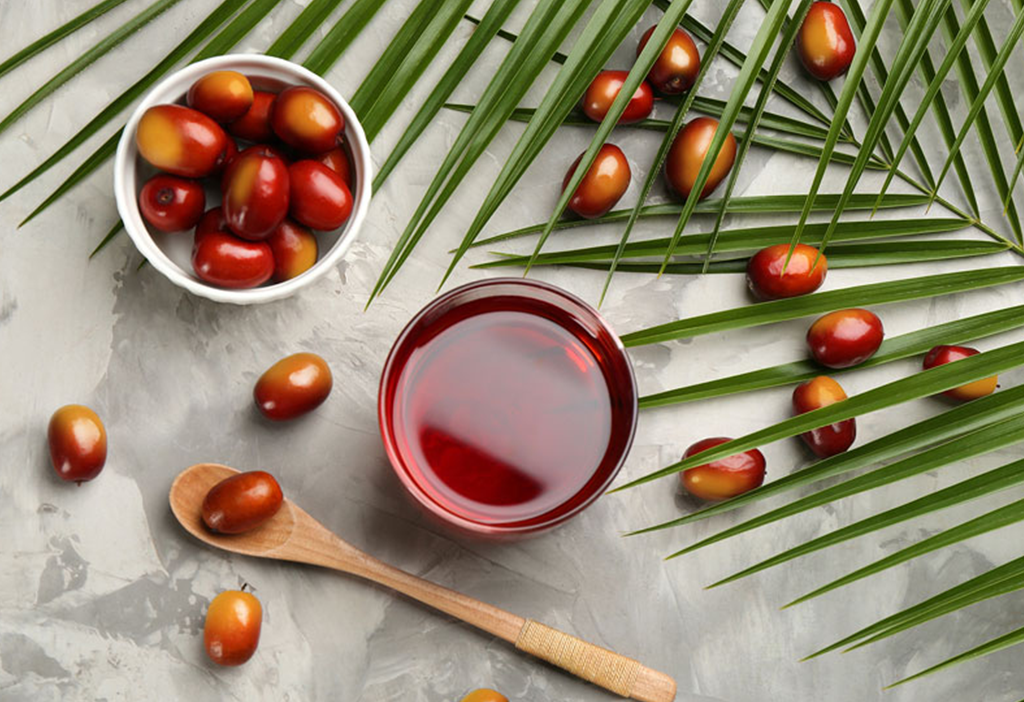In a significant stride for Indonesia’s palm oil industry, production has commenced at the nation’s inaugural red cooking oil facility. The Indonesian Palm Oil Association (GAPKI) heralded the news, indicating a promising future for the sector.
Government-Backed Initiative
Officially inaugurated by Indonesian President Joko Widodo, the newly operational plant, located in North Sumatra, marks the commencement of a strategic government initiative. This pioneering facility in Pagar Merbau, Deli Serdang, boasts a production capacity of 10 tonnes per day of crude palm oil (CPO), yielding approximately 7 tonnes per day of red cooking oil.
Expanding Reach Across Regions
President Widodo’s vision extends beyond North Sumatra, with plans to replicate such facilities across Sumatra, Kalimantan, and Sulawesi. This ambitious plan aims to enhance downstreaming processes within the palm oil industry, benefiting not only large-scale companies but also empowering smallholders.
Empowering Smallholders
Indonesia’s vast oil palm plantations, spanning over 16 million hectares, include a substantial portion owned by smallholders. With 40.5% of these plantations under smallholder ownership, the newly operational processing plant promises to unlock value for these stakeholders. President Widodo emphasized the plant’s role in maximizing the added value of fresh fruit bunches (FFBs), particularly for smallholders organized in cooperatives.
Creating Economic Value and Stability
President Widodo articulated the plant’s significance in creating economic value and stabilizing prices. By adding value to commodities through processing finished products, the initiative aims to foster competitiveness and affordability within the local palm oil market.
Health Benefits and Market Competitiveness
Highlighting the health benefits of red cooking oil, President Widodo underscored its rich content of Vitamin A and Vitamin E. Beyond its nutritional advantages, the production of red cooking oil is poised to elevate the competitiveness of local palm oil products, offering a more affordable and nutritious alternative.
Conclusion
Indonesia’s foray into red cooking oil production marks a pivotal moment for its palm oil industry. Backed by governmental support and a commitment to empower smallholders, this initiative not only adds economic value but also enhances market competitiveness and promotes healthier alternatives. As production ramps up and facilities expand across regions, Indonesia’s palm oil sector is poised for sustained growth and innovation.
Also Read : Environmentally Friendly Plastics from Recycled Vegetable Cooking Oil

